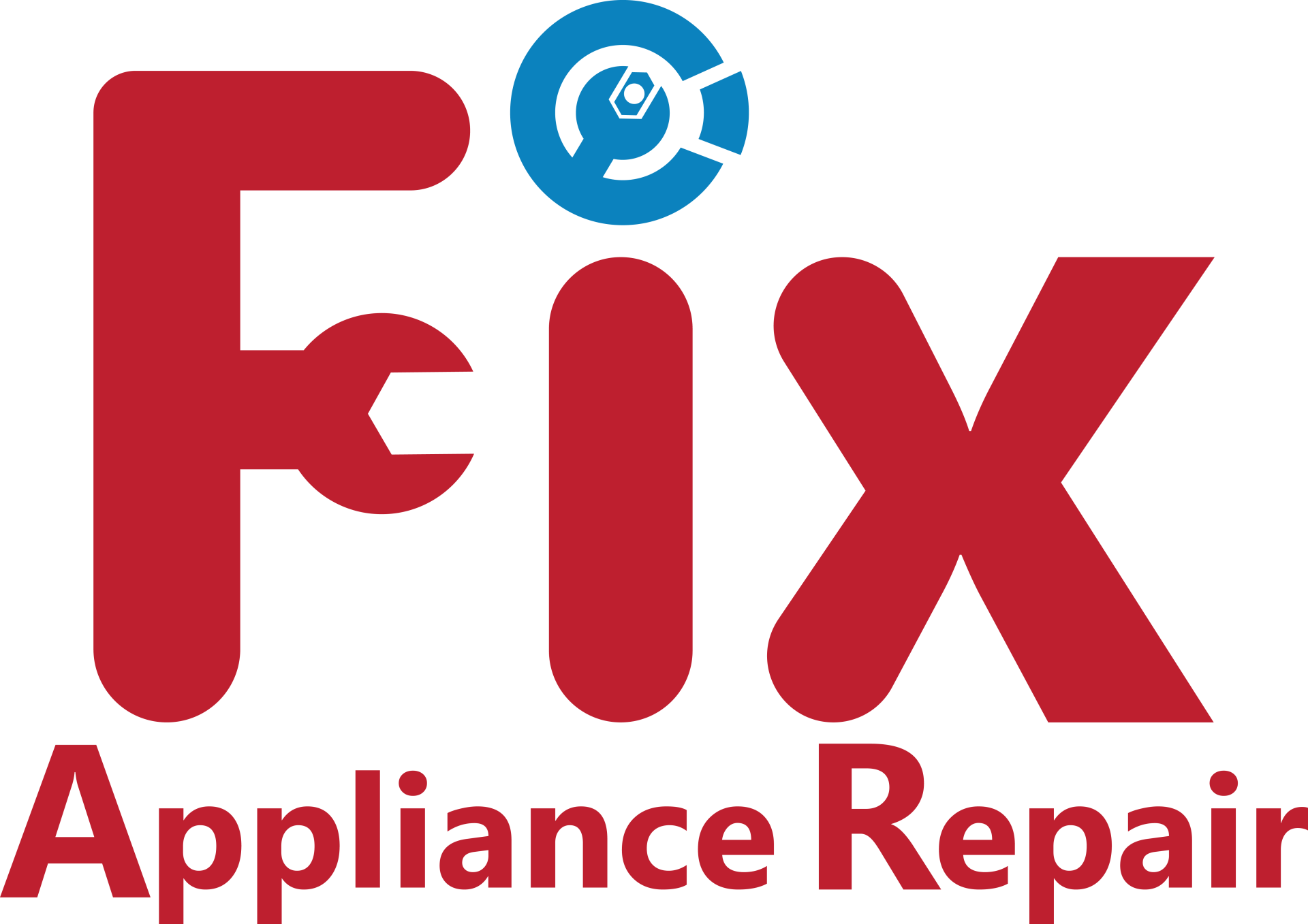Washers and dryers are reliable partners in the fight against the ever-growing laundry pile in today's fast-paced society, when time is a valuable resource. With speed and ease at the push of a button, these essential appliances have completely changed the way we handle the tiresome process of washing and drying clothing. Still, despite their incredible performance, they are not impervious to the tribulations of aging, sometimes giving way to the unavoidable faults and breakdowns that come with owning any mechanical instrument.
Knowing the nuances of diagnosing and fixing these machines becomes crucial since they are the lifeblood of your laundry room. When you are prepared to diagnose
common problems and put workable solutions in place, you not only protect yourself from the hassle of expensive service calls but also open the door to a longer lifespan for your cherished devices. In this thorough book, we take you on a tour through the maze of washer and dryer issues, giving you the skills and knowledge you need to confidently and easily resolve any laundry-related issue.
Understanding Washer Problems
A loose hose or a malfunctioning motor are just two examples of the many difficulties that can arise with washers. Here are a few typical washer issues along with possible fixes:
- Leak: Broken hoses, worn-out seals, and faulty connections are frequently the source of leaks. Inspect the connections and hoses for any indications of wear or looseness. To remedy the problem, replace broken hoses or seals and tighten connections.
- Not Draining: If the water in your washer does not empty, it may be because of an obstruction in the drain line, a broken pump, or a broken lid switch. Make sure the drain pipe is attached correctly and first look for any obstacles. Examine the pump for any damage or debris if the hose is clear. If required, swap out the pump.
- Won't Spin: A washer that won't spin might have a broken motor connection, a worn-out belt, or a faulty lid switch. Using a multimeter, check the continuity of the lid switch and replace it if necessary. Look for indications of deterioration on the belt and replace it if needed. It could be necessary to replace the motor connection if the other parts are in good working order.
- Excessive Noise: A loose tub seal, worn-out bearings, a malfunctioning drive pulley, or other problems can all be indicated by unusual noises made during the wash cycle. Examine the drive pulley and bearings for indications of wear and replace them as needed. If there is damage to the tub seal, repair it or tighten it.
- Not Filling with Water: If the water in your washer doesn't fill, it can be because of a blocked inlet valve, a broken water level switch, or a broken control board. Make that the intake valve is getting power by cleaning it and clearing any debris from it. In order to replace them if necessary, check the continuity of the control board and water level switch.
Troubleshooting Dryer Issues
Dryers are necessary for rapidly drying clothing, but occasionally they have issues that impair their functionality. The following list of typical dryer problems along with some possible fixes:
- Not Heating: If your dryer isn't heating up, it might be a broken thermostat, a thermal fuse, or a damaged heating element. Using a multimeter, look for any indications of damage or continuity on the heating element. Change it if it's broken. Check for continuity in the thermostat and thermal fuse, and replace them if needed.
- Taking Too Long to Dry: If your dryer is taking longer than normal to dry your clothing, it may be the result of a broken thermostat, a clogged vent, or a broken heating element. To clear the vent of any dirt or lint that could be preventing airflow, clean it. Check for continuity in the thermostat and heating element, and replace them if necessary.
- Loud sounds Made During Operation: Loud sounds made during operation can be an indication of a number of problems, including blower wheel damage, worn-out drum support rollers, and malfunctioning idler pulleys. Look for wear on the idler pulley and drum support rollers and replace them as needed. If there is damage to the blower wheel, replace it or tighten it.
- Not Starting: A blown thermal fuse, a malfunctioning start switch, or a broken door switch might be the cause of your dryer's inability to start. Using a multimeter, check for continuity in the door and start switches, and replace any that show signs of failure. Verify the continuity of the thermal fuse and replace it if needed.
- Overheating: Blocked vents, broken heating elements, and broken thermostats are the main causes of overheating dryers. To guarantee appropriate airflow, clean the vent and repair any broken or clogged parts.
Repair Expertise
It takes a combination of comprehension, troubleshooting abilities, and a dedication to safety to become an expert in washer and dryer repair; technical know-how alone is not enough. You'll be prepared to successfully handle small repairs by learning about these essential appliances' internal workings and the typical problems they encounter.
You'll be able to take charge of your home's efficiency and save a significant amount of money and time by using the advice provided in this article, which goes beyond simply mending washers and dryers. It is imperative, nevertheless, to prioritize safety above everything else. Err on the side of caution while handling electrical components and, if in doubt, seek expert assistance.
Equipped with the understanding obtained from this all-inclusive manual, you'll be able to effortlessly handle the complexities involved in washer and dryer maintenance. You have the tools to make sure your laundry equipment keep working properly for many years to come, from fixing heating problems to troubleshooting leaks. So grab a pair of gloves, enter into the realm of appliance repair, and bask in the glory of a job well done.



